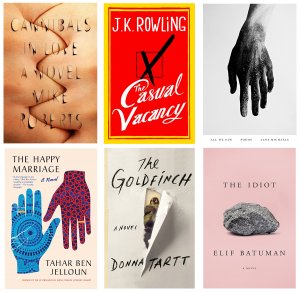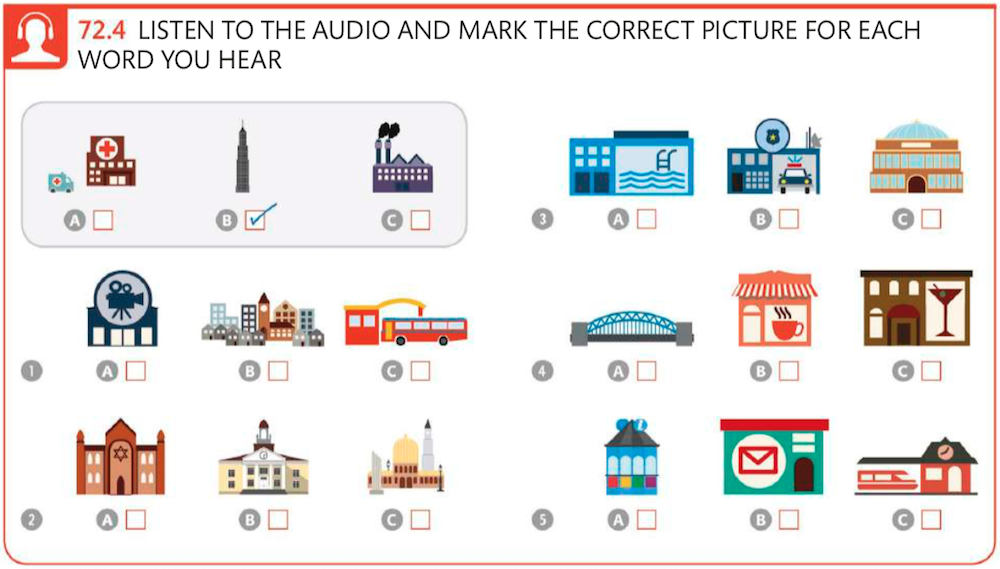Animal Farm was originally written by George Orwell as an allegory of the Russian Revolution, but in modern times it can interpreted as an allegory of any revolution or an interpretation of the human condition in general. An allegory is a comparison, like a fairy tale. In fact, the subtitle of the book is “A Fairy Story.” Orwell did not mean that he was writing the story for children. He meant he was writing a cautionary tale. When he compared the Russian Revolution with the Animal Farm revolution, he wasn’t intending to only end the comparison there. He was making a statement about revolution in general, and how the people in power tend to take advantage of it.
At its outset, the plot of Animal Farm does follow Russia’s rebellion. Animal Farm was Manor Farm, which represents Russia. It was just an ordinary farm, where conditions for the animals were ordinary. Some animals did well, some did not so well. A man named Vladimir Lenin helped start the Russian Revolution based on the ideas of Karl Marx. In the book, he is represented by Old Major. Old Major was the pig who had a dream, and gathered all of the animals together in the beginning of the book. Napoleon represents Stalin, the leader after Lenin. He co-rules, in the beginning, with Snowball, an original revolutionary named Trotsky. Both are accused as traitors as shut out so that there can be only one leader.
After the meeting with Old Major, the farmer Mr. Jones (represented by Czar Nicholas II) gets drunk and forgets to feed the animals. They decide to revolt, and the revolution begins. The pigs Snowball, Napoleon, and Squealer (who represents propaganda) were ready to take advantage of the opportunity. They had prepared the farm for revolution, picking up where Old Major had left off by turning his ideas into a system.
These three had elaborated old Major’s teachings into a complete system of thought, to which they gave the name of Animalism. [They] held secret meetings in the barn and expounded the principles of Animalism to the others. (Ch. 2)
The men did not give the farm to the animals without a fight, of course. They came back, armed. The fight was named the Battle of the Cowshed, and the animals prevailed. They change the name of the farm to Animal Farm and reduce Animalism to Seven Commandments for the animals to follow, which the pigs paint on the barn. The last one is “All animals are equal.” (Ch. 2).
There are some other important characters you should know. One of these is Boxer, the faithful workhorse. He represents the workers, for whom things did not change much. Everyone relies on him, and his motto is that Napoleon is always right. He tries Napoleon. Another character to look at is Mollie. She is also a horse, but a foil to Boxer. She is self-centered, and cares only about herself. She did not work hard before the rebellion. She represents the aristocracy, so she would not have benefitted. There is also Benjamin, the donkey. He does not care one way or another about the rebellion, but he is faithful and loyal to Boxer. He represents the skeptics.
As the days go on, things really do get better for most animals. They have more leisure time and decide to work to build a windmill to give the farm electricity to get even more. The sheep reduce the tenets of Animalism to the simple “Four legs good, two legs bad.” The pigs begin giving themselves more and more privileges, however, including apples and milk and eventually sleeping in beds in the house. They start to rewrite the commandments. Most of the animals can’t read, so they assume they just didn’t remember right. The pigs become more and more tyrannical, until Napoleon manages to run Snowball out and then declare him a traitor. He then makes a handy scapegoat to blame everything on from there on out. Napoleon even has other animals executed for collaborating with him.
Now when Squealer described the scene so graphically, it seemed to the animals that they did remember it. At any rate, they remembered that at the critical moment of the battle Snowball had turned to flee. (Ch. 7)
Even though the pigs swore they would have no dealings with men, and would be self-sufficient, Napoleon turns out to be stubborn and greedy and likes alcohol. He trades with nearby farmers, Frederick and Pilkington (who represent Germany and England). The next thing you know, there is another battle. The men were not satisfied with giving up the farm. The animals name this battle the Battle of the Windmill.
By this time, there starts to be very little difference between the men and the pigs. By the end of the book, the other animals can’t tell the difference.
The creatures outside looked from pig to man, and from man to pig, and from pig to man again; but already it was impossible to say which was which. (Ch. 10)
In addition to the theme of rebellion, and the irony of the new boss in the rebellion being the same as the old boss, there is also the importance of education. Napoleon and company were able to keep the other animals in the dark because they were uneducated. Another key theme is the depth of corruption. Corruption is contagious, Orwell seems to have been arguing. As the saying goes, power corrupts. Napoleon might have been corruptible, but he certainly took advantage of the situation. People are easy to manipulate. Another theme is that people (or animals) will always do whatever will make things easier for them. You can convince them of anything if it seems to make things easier for them, even if it means more work for them in the short term. This is why there will always be revolutions. Humans, on balance, like to rule themselves, but we like things easy.


